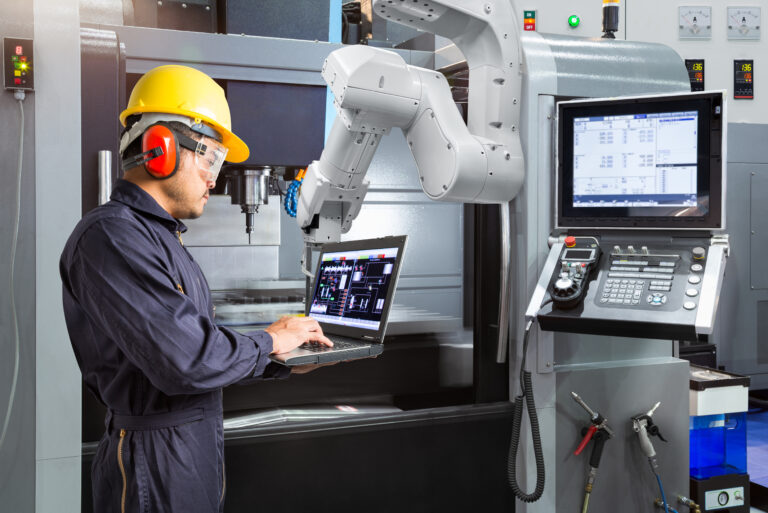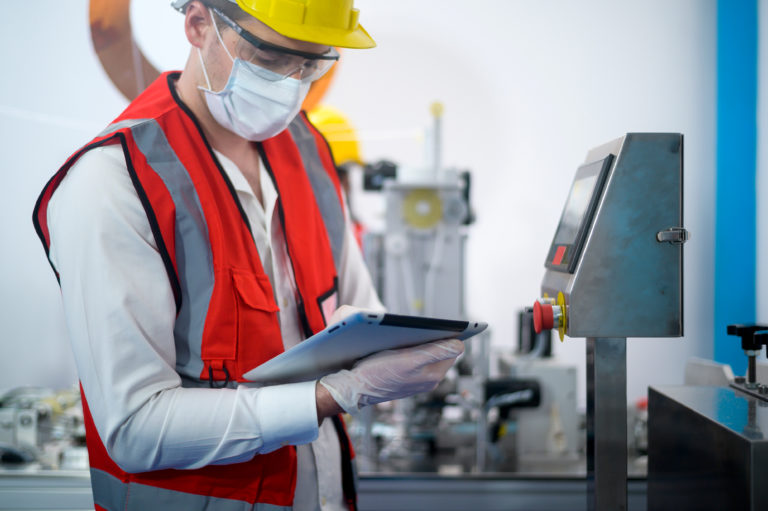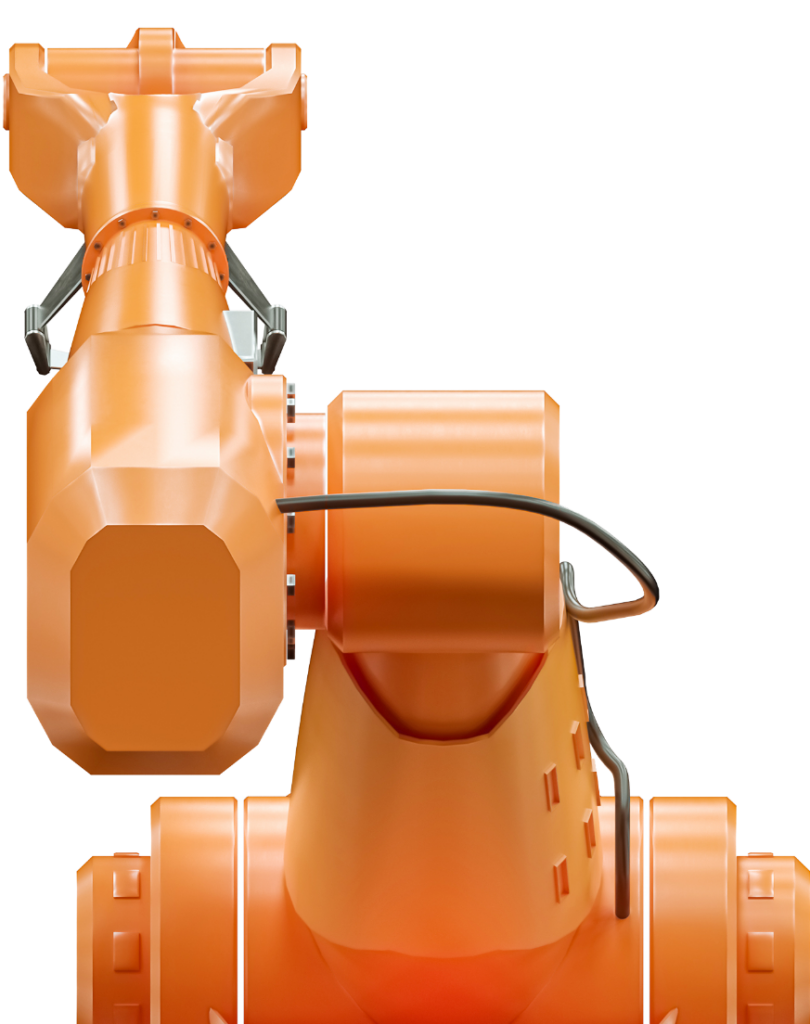Increasingly, large and small factories are incorporating “smart” sensors, drives, and other monitoring components into their equipment. These connected devices can transmit production and operation data to a control room computer for real-time monitoring.

Taking it a step farther, the devices can then be connected to a secure server (cloud-based or part of your LAN), and allow authorized users to access the equipment from any location with an Internet connection. Many remote access solutions use cloud based, hosted virtual private networks (VPN) for added security and fast and easy set-up, versus going through your in-house IT department (though always check with them before making any changes).
There are several benefits to setting up remote access to your manufacturing equipment, and they all support two of the most important goals associated with automation equipment: to maximize machine uptime (and by extension overall production), and to extend the lifespan of the equipment for as long as possible.
Service and Support
Remote access to equipment leads to faster service and support because technicians and support staff can log in from their site without having to make a physical trip to your location. It saves travel time and any hassle associated with site visits to your production floor for repair work, debugging, and programming. Even if a trip is required after initial troubleshooting, chances are it will take less time to pinpoint the problem since diagnostic work has been started remotely.
Remote access is also convenient if your integrator or support staff are a great distance away, if problems occur during off hours, or if there is an emergency.
Predictive Maintenance
While regular scheduled maintenance and preventive maintenance are still critical to extending the useful life of your equipment, having remote access to “smart” equipment lets you take a more proactive role in maintenance. As devices are designed to gather ever more data about their operations, you can monitor key data from the control room and anticipate problems before they arise. In addition to tracking production data like throughput or takt time, many devices also measure and report on machine “health” factors like vibration, temperature, pressure, etc.
You can also program devices and asset management software to send alerts and notifications when problems occur or if components stray outside desired parameters. Knowing details of operation and production in real time allows a technician to adjust things like motor speed or configuration of motion controllers to increase output. Monitoring the condition of the equipment remotely also helps technicians decide when to do physical part inspections, or even if it’s possible to delay some aspects of scheduled maintenance. The net result is more uptime and a greater ability to plan for downtime.
Data Analytics
Computerized remote access to production and operation data from sensors, drives, and other connected components all report to a central computer. It’s also backed up in the cloud or on your internal network, so you can easily analyze and manipulate it. For example, you could create a graph of motor temperatures over the past 48 hours to look for extreme changes that could indicate part failure. You’re also able to compare data from different machines or production cells for a bird’s eye view of production in your facility as a whole. From there, it’s easier to see where bottlenecks are and what adjustments can help. Having all of this data in one place also lets you create dashboards with data sets tailored to the needs of operations managers, engineers, leadership, and others.
A related benefit is that a smaller number of people on your staff are able to oversee many machines in a facility or for several machines throughout more than one location when they all communicate with the central computer. Remote access systems usually help you maintain security by controlling access to programming, configuration, and data modules by designating an account administrator. The administrator then assigns varying levels of access to other users. In this way, users can only get to the features they need, and risks of making accidental changes or deletions are reduced.
As manufacturers discover the benefits of adding connected devices and equipment in their facilities, they’ll also gain access to data for making decisions that impact uptime, production, and even return on investment in automation equipment. If you’d like to learn how remote equipment access and monitoring can work for you, please contact us today.



